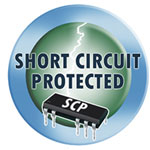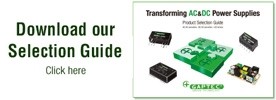
EN60601
IEC 60601 is a series of technical standards for the safety and essential performance of medical electrical equipment, published by the International Electro technical Commission. First published in 1977 and regularly updated and restructured, as of 2011 it consists of a general standard, about 10 collateral standards, and about 60 particular standards. The general standard IEC 60601-1 - Medical electrical equipment - Part 1: General requirements for basic safety and essential performance - gives general requirements of the series of standards. 60601 is a widely accepted benchmark for medical electrical equipment and compliance with IEC60601-1 has become a requirement for the commercialization of electrical medical equipment in many countries. Many companies view compliance with IEC 60601-1 as a requirement for most markets.
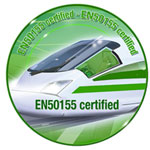
EN50155
EN 50155:2017 is an international standard covering electronic equipment used on rolling stock for railway applications. The standard covers aspects of this electronic equipment, including temperature, humidity, shock, vibration, and other parameters. The standard assumes that systems on rolling stock will need to operate 24/7 for 30 years or approx. 250,000 hours, without failure. This means that train control systems must be designed to withstand the toughest environmental conditions. EN50155 and IEC60571 specify a nominal input variation of ±30% including ripple, but some other specifications define ±40%. Modern trains achieve savings of weight and space by using battery voltage up to 110VDC, but most system equipment requires input power at 12V and 24VDC. The DC-DC Converter transforms the basic 110VDC to 12VDC and 24VDC, but can also perform the inverse if necessary = i.e. convert 12VDC and 24VDC to 110VDC.

RoHS
RoHS stands for Restriction of Hazardous Substances. RoHS, also known as Directive 2002/95/EC, originated in the European Union and restricts the use of specific hazardous materials found in electrical and electronic products. All applicable products in the EU market after July 1, 2006 must pass RoHS compliance. The substances banned under RoHS are lead (Pb), mercury (Hg), cadmium (Cd), hexavalent chromium (CrVI), polybrominated biphenyls (PBB), polybrominated diphenyl ethers (PBDE), and four different phthalates (DEHP, BBP, BBP, DIBP). The restricted materials are hazardous to the environment and pollute landfills, and are dangerous in terms of occupational exposure during manufacturing and recycling. Any business that sells applicable electronic products, sub-assemblies or components directly to EU countries, or sells to resellers/distributors is affected.
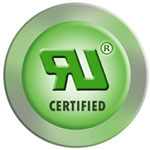
UL
The UL Mark on a product means that UL has tested and evaluated representative samples of that product and determined that they meet UL requirements. Under a variety of programs products are periodically checked by UL at the manufacturing facility to make sure they continue to meet UL requirements. GAPTEC provides a wide range of products that are UL certified. Please check the available UL certification in our recent selection guide or under "products" on this website.
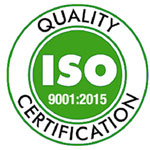
ISO 9001:2015
ISO 9001 is the international standard that specifies requirements for a quality management system (QMS). Organizations use the standard to demonstrate the ability to consistently provide products and services that meet customer and regulatory requirements. It is the most popular standard in the ISO 9000 series and the only standard in the series to which organizations can certify. ISO 9001 was first published in 1987 by the International Organization for Standardization (ISO), an international agency composed of the national standards bodies of more than 160 countries. Organizations certified to the ISO 9001:2008 standard will have a three-year period to transition to ISO 9001:2015. When the transition period ends in September 2018, ISO 9001:2008 certificates will no longer be valid.
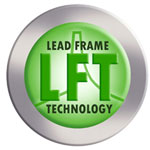
LEAD frame technology
DC-DC converters that have incorporated lead-frame technology are suitable for reflow soldering.
Lead frames are the metal structures inside a package/housing that carry signals from the die to the outside. The die inside the package is typically glued to the lead frame, and then bond wires attach the die pads to the leads. In the last stage of the manufacturing process, the lead frame is molded in a plastic case, and outside of the lead frame is cut-off, separating all leads. Lead frames are manufactured by removing material from a flat plate of copper or copper-alloy. Two processes used for this are etching (suitable for high density of leads), or stamping (suitable for low density of leads). Amongst others, lead frames are used to manufacture a quad flat no-leads package (QFN), a quad flat package (QFP), or a dual in-line package (DIP).
